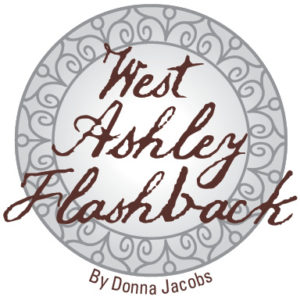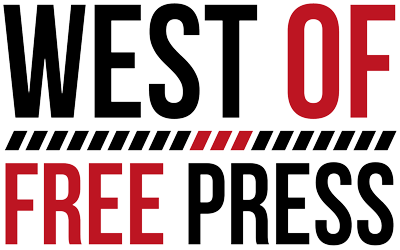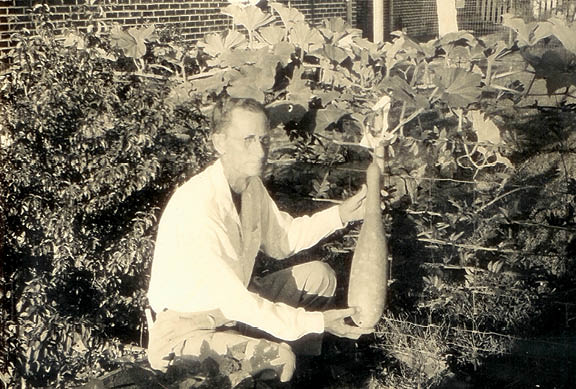West Ashley is fertile ground for cultivating veggies and stories
 Gardens have been a part of our community’s history since the first settlers’ arrived on the west bank of the Ashley River. The early “experimental farm” established by Joseph West, the acting governor for the Lords Proprietors, on land that would later become the Town of Maryville was designed to be used to determine what was agriculturally feasible for the new colony.
Gardens have been a part of our community’s history since the first settlers’ arrived on the west bank of the Ashley River. The early “experimental farm” established by Joseph West, the acting governor for the Lords Proprietors, on land that would later become the Town of Maryville was designed to be used to determine what was agriculturally feasible for the new colony.
Over time the formal gardens of Middleton and Magnolia, later the courtyard or backyard gardens in the developing suburbs, then ultimately garden clubs integrated into the life of St. Andrew’s Parish. The impact of World War I and II added another garden type and these were called war gardens or victory gardens. European food production was dramatically impacted and thus the nation suffered from food shortages during both wars. The institution of victory gardens was designed to overcome this shortage.
There were more backyards established in St. Andrew’s Parish during World War II. Residents were encouraged to plant victory gardens.
“20,000,000 Victory Gardens Needed in ‘44” was the title of an ad in the News & Courier encouraging residents to dig in and grow vegetables. There was advice on types of vegetables to plant, where to buy seeds, and acquire supplies. In addition, there were tracts of farmland that were still undeveloped that could potentially serve as large community victory gardens.
In 1943 the Agricultural Society of South Carolina donated five “choice” acres of the 150-acre Cherokee tract to civilian defense. This 150-acre tract located near the U.S. and S.C. experimental stations had been recently purchased by the Society.
Collards, turnips, kale, beans, and sweet potatoes were some of the crops that were cultivated at this site. More than 4,000 bushels of produce valued at $ 10,000 and some 5,000 quarts of canned goods were inventoried by the civilian defense office as proof of success of the effort in this agricultural experiment during its first year.
“The victory gardens across the Ashley River can be compared to an outdoor agricultural school,” according to W. McLeod Frampton, head of the Society. In addition, the gardeners had the expertise of the staff from the U.S. Department of Agriculture and Clemson College’s experimental stations. By May of 1944, interest in gardening had waned a bit and only 85 percent of the plots were planted.
In January 0f 1945, L Harry Mixson, the South Carolina representative of the National Victory Garden committee was encouraging patriotism via gardening as food rationing was getting tight. President Truman even made a national plea for more victory gardens to be planted.
Today, community gardens, verge gardens, and vegetable planters are making a comeback. What pleasure in enjoying your own grown vegetable. It once was a symbol of patriotism.
Stories from St. Andrew’s Parish? Contact Donna at westashleybook@gmail.com.














